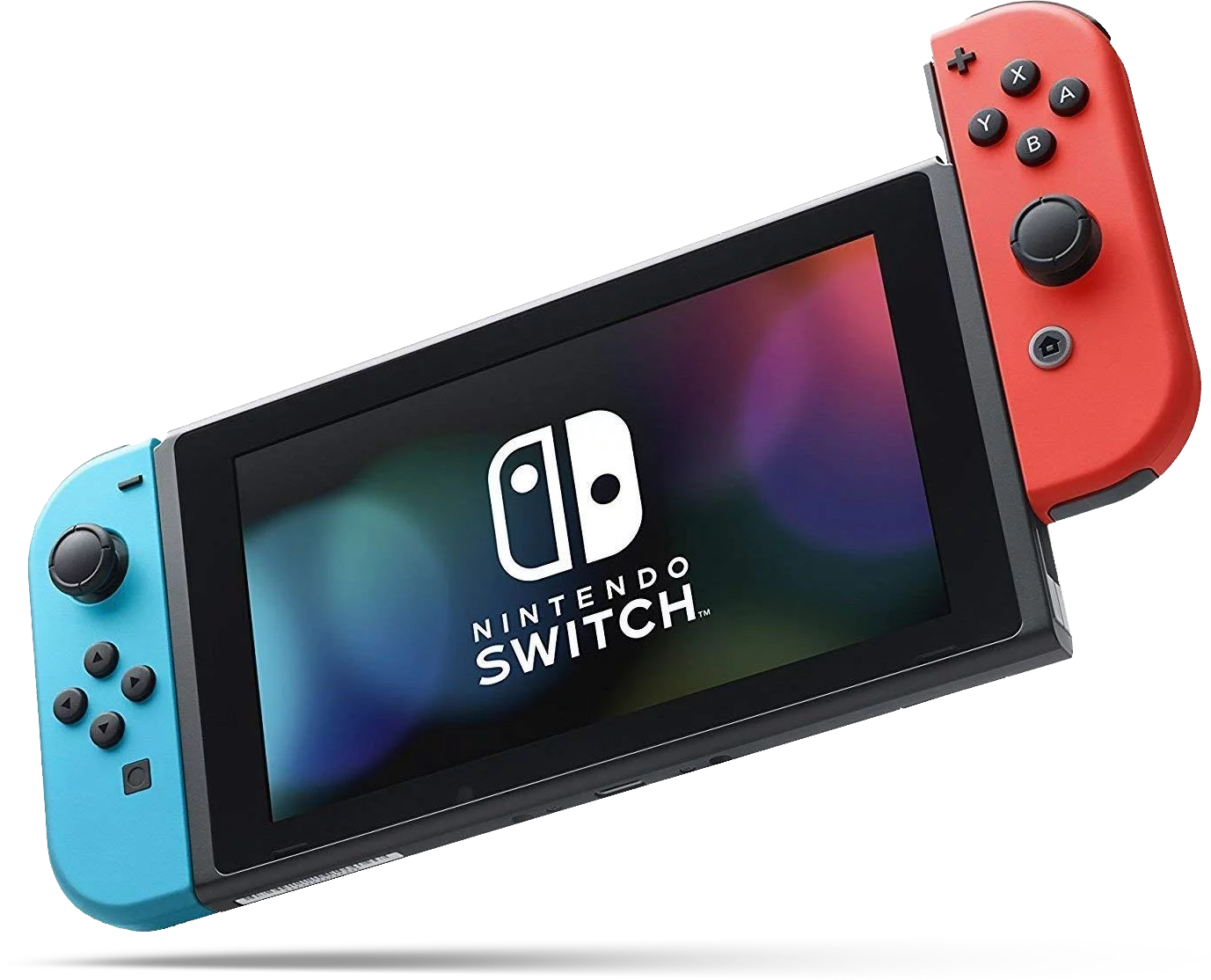The Legend of Zelda 35th anniversary retrospective: A windy adventure
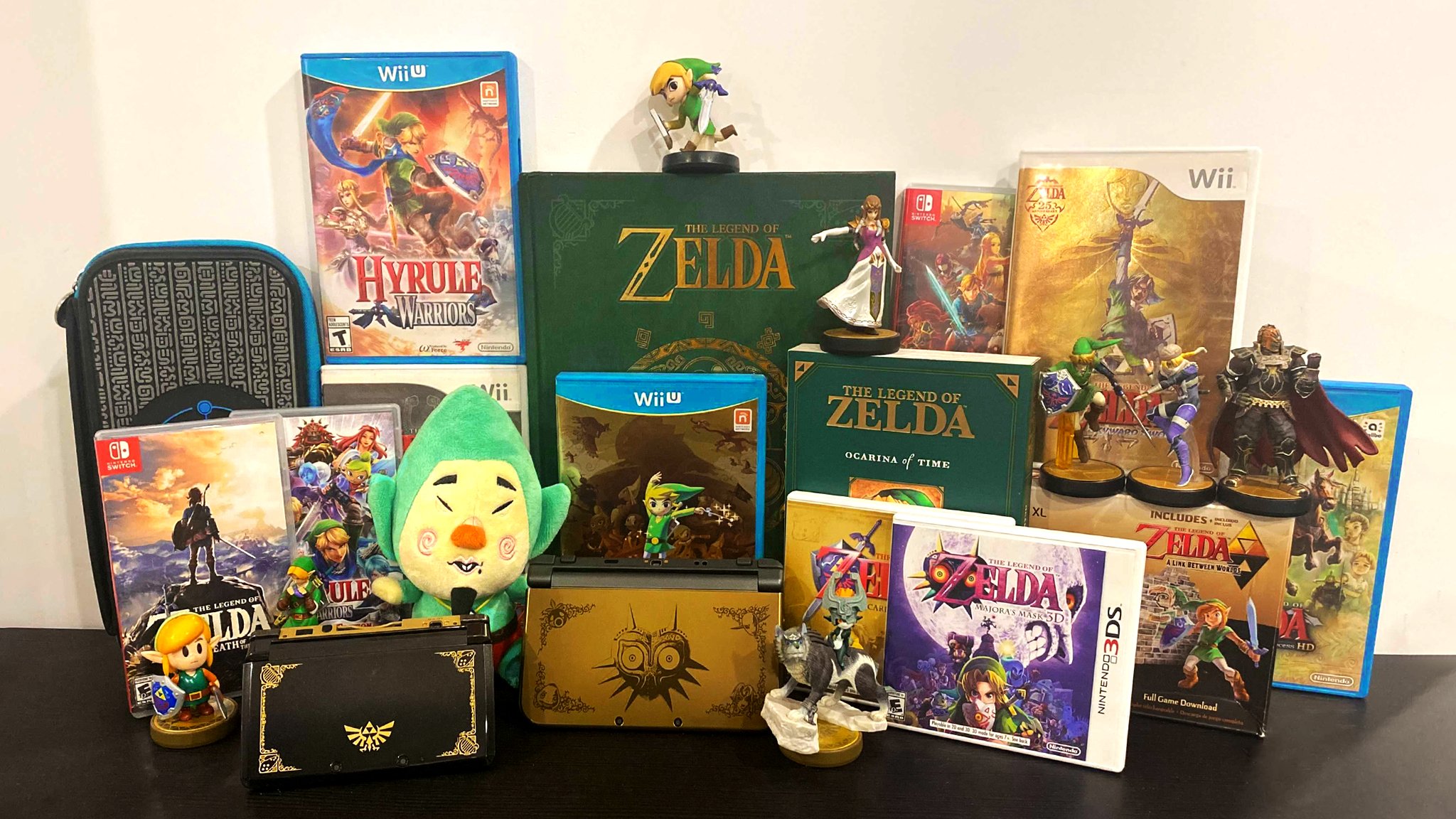
After 35 glorious years, it's hard to picture what the gaming world would look like without The Legend of Zelda. Upon its release in 1986, no one could have predicted how this little puzzle-adventure game would grow into the massive success it is today. It's become a household name and one of Nintendo's most well-known franchises. From its humble 2D open-world beginning to the critically acclaimed Breath of the Wild, one of the best games on the Nintendo Switch, we fondly look back at a series that is simply a treasure to experience.
So, how exactly has the Legend of Zelda changed since its inception, and how have those changes affected the gaming industry? Let's have a look back at the games that build this well-loved, long-standing franchise.
The Legend of Zelda: The retro years
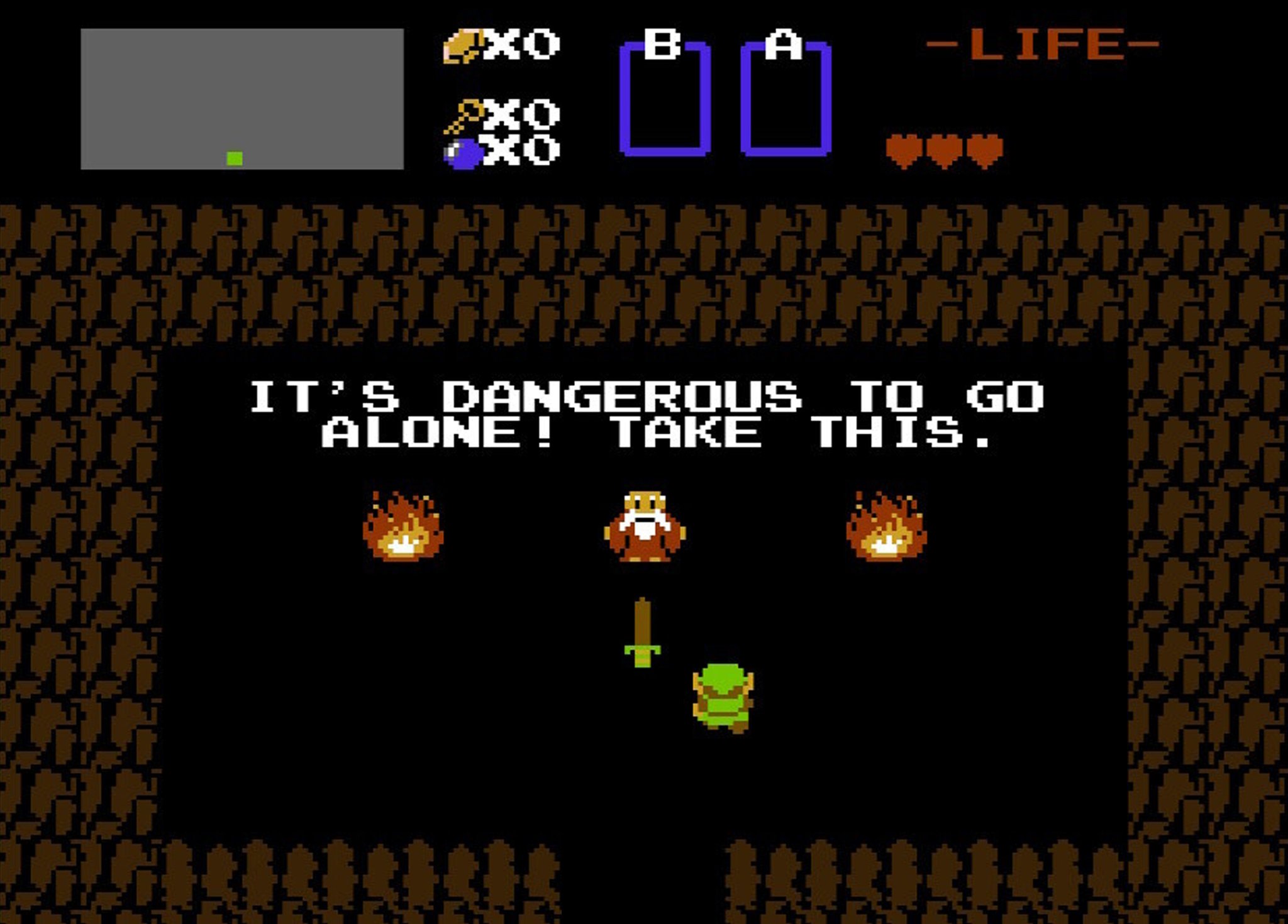
Upon its release in 1986 on the Nintendo Entertainment System (NES) and Famicom Disk System, the original Legend of Zelda stood above other action-adventure games, and not just because of its signature gold casing. Unlike other games at the time, players could play the game in any order they liked. They could explore open fields, discover hidden treasures, and even save a princess. What was even more thrilling was that there was no specific order to the dungeons or hand-holding. In fact, you didn't even start the game fully equipped.
Shigeru Miyamoto's own childhood explorations inspired the adventure, so while the game had an order to each dungeon, the path wasn't forced. Players were encouraged to check every cave, bomb every crack in the wall, and push past what seemed impossible. If exploring the game once through wasn't enough, players were treated to an entirely new layout as a "second quest."
It's here that we are introduced to characters that are now legendary: the silent hero, Link, the villain, Ganon, and Princess Zelda. As players explored Hyrule and unraveled the mysteries searching for the magical Triforce, it truly was an unforgettable journey. But, where would the series go from here?
The Adventure of Link: Trying new things and innovating gameplay
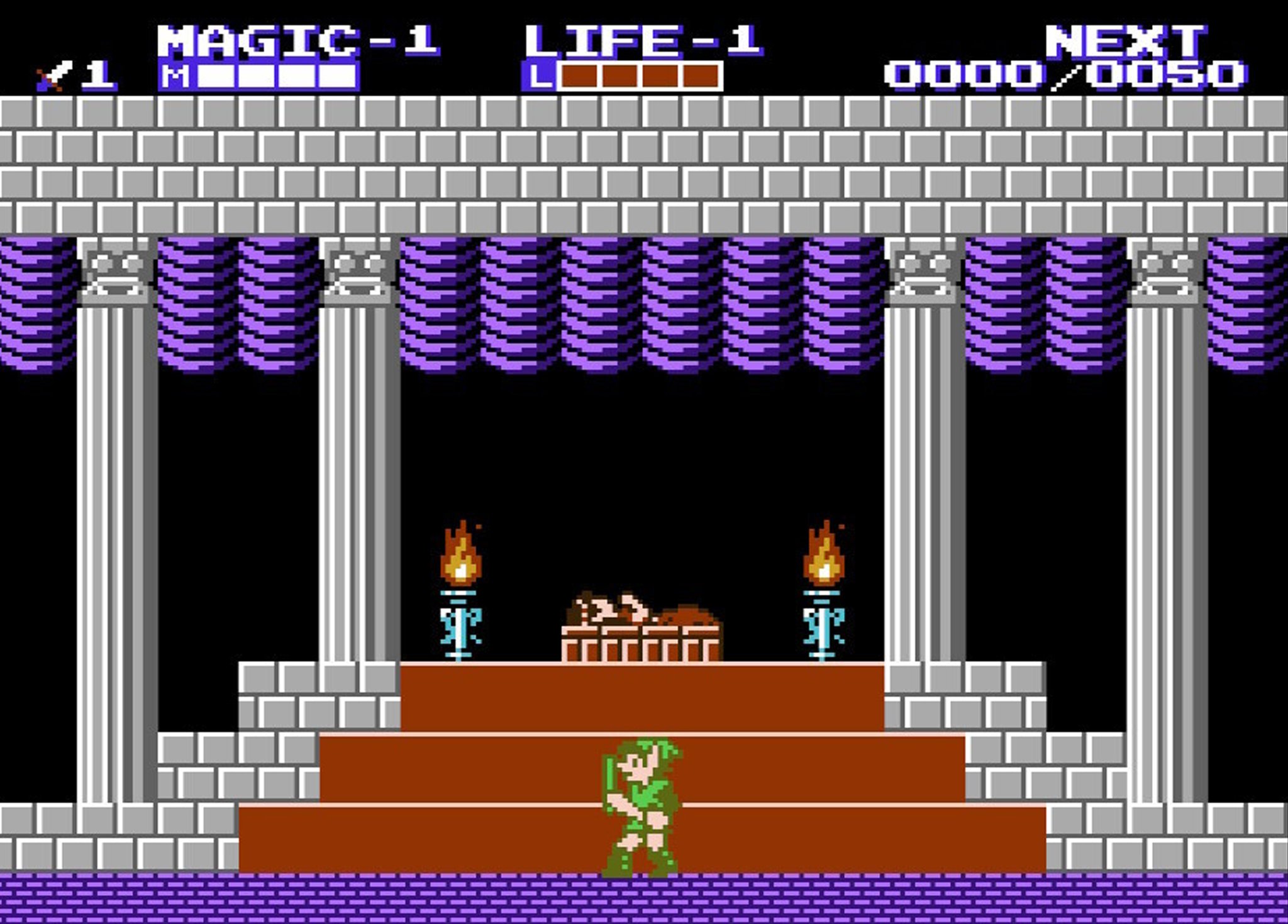
With the success of the original Legend of Zelda, anticipation for the sequel was high. However, Zelda II: The Adventure of Link wasn't exactly what the fan-base envisioned. Rather than a top-down view adventure game, players were given a side-scroller with RPG elements. Not only was there a change in form, but fairly early on in the game, the difficulty spiked to almost soul-crushing levels.
At this point, the Legend of Zelda series hadn't established it's formula yet. So, developers experimented with different ways to bring Hyrulian adventures to players. The bones were still all there — familiar characters, items, and exploration — but the storyline, villain, and land's shape changed. The Adventure of Link took risks to reinvent the series and is considered Zelda's black sheep today. However, change would continue to be a big element of the franchise.
Master your iPhone in minutes
iMore offers spot-on advice and guidance from our team of experts, with decades of Apple device experience to lean on. Learn more with iMore!
Zelda CD-i games: A past worth erasing
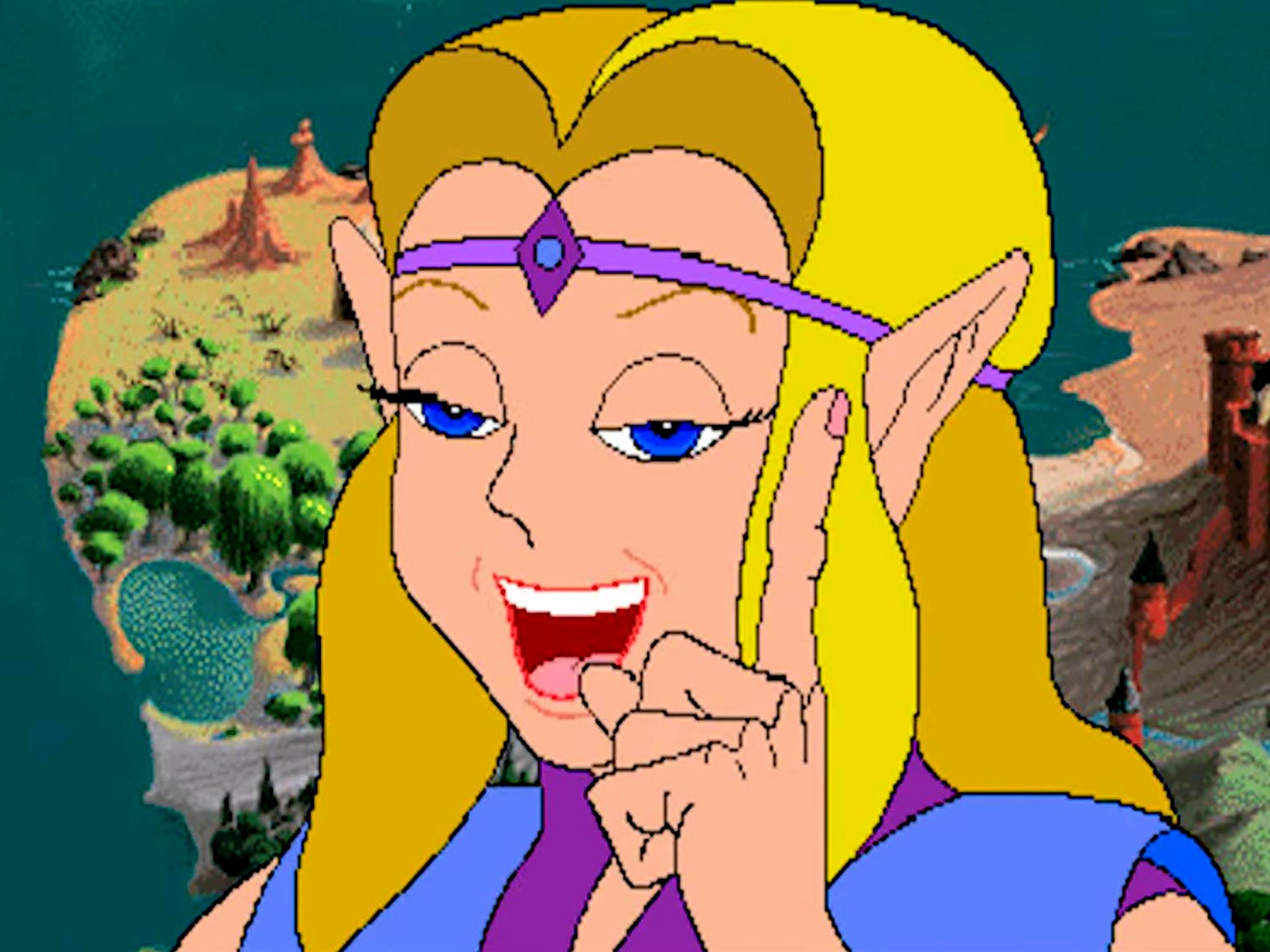
With two hits under its belt, Nintendo was ready to take the series to the next level. Unfortunately, the next Legend of Zelda games to release were not only less than stellar, but they also weren't necessarily created by Nintendo. Because of a botched contract with Phillips, Zelda, Link, and Gannon, along with two other Nintendo characters, were licensed out for games on the Philips CD-i disc system.
Thus, Zelda: The Wand of Gamelon, Zelda's Adventure, and Link: The Faces of Evil were born. Unlike the previous titles and franchise entries that followed, Nintendo had almost no involvement aside from character looks. Unfortunately, what we got was weird stories, horrible gameplay, and nightmare-inducing animations. Luckily, a lot of the games have little to do with the Zelda timeline, so they aren't considered canon. It's a part of history any Zelda fan would love to forget.
Link to the Past: Back to basics
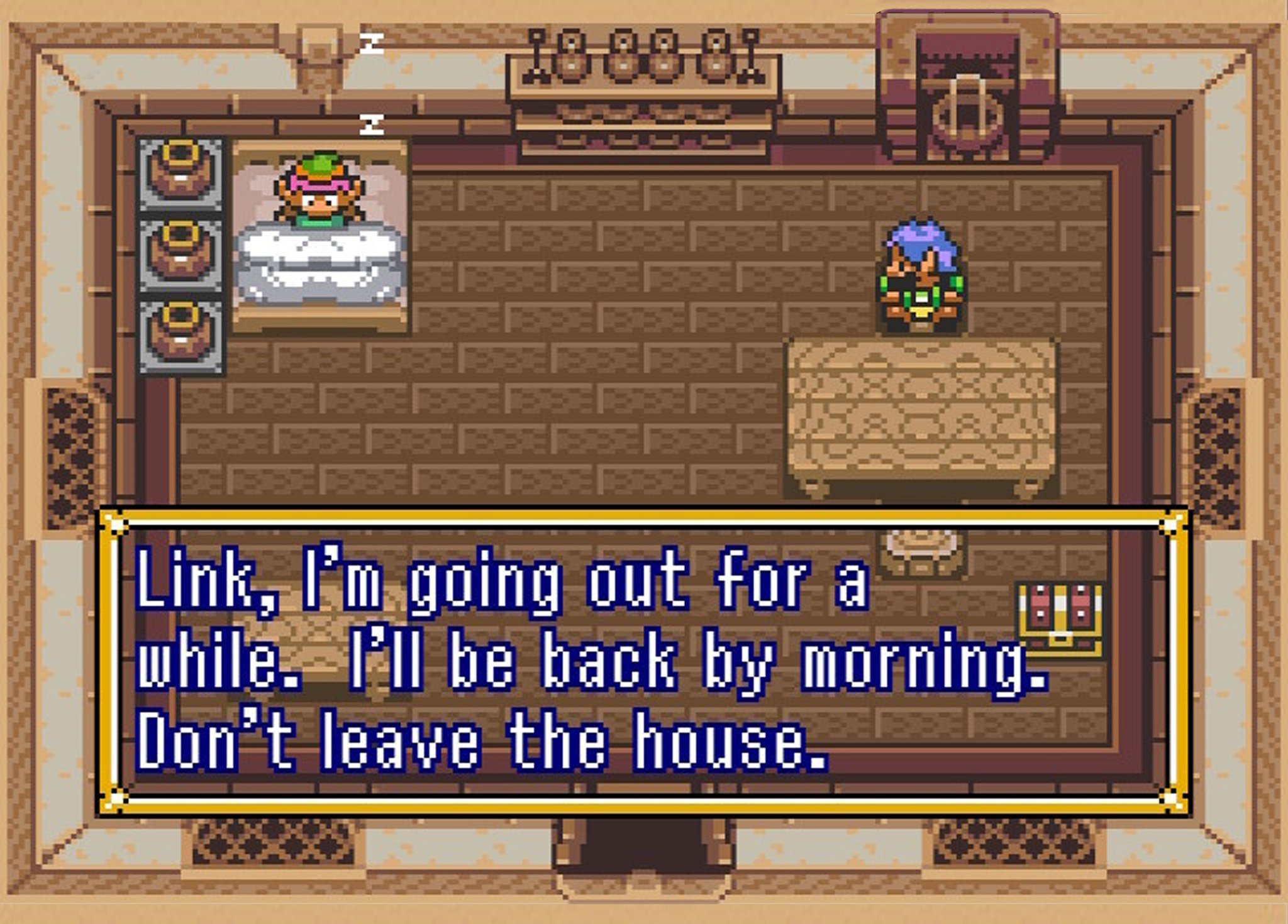
After that unpleasant side-step, Nintendo went back to basics: exploration and a top-down view! The Legend of Zelda: A Link to the Past was released in November 1991 and introduced a new concept: switching between worlds. With a new slew of weapons and a classic story of good versus evil, this journey had players collecting different items to help stop the end of the world. This game shed plenty of the previous games' issues, such as using rupees for arrows and letting Link swing his sword sideways.
A Link to the Past set the standard for what all Zelda games would follow. It had an epic narrative stretching between parallel worlds, new and interesting tools, and a massive world to explore. However, after this entry, the developers would continue to play with the Zelda formula in other titles.
Link's Awakening, Oracle of Ages, Oracle of Seasons: Handheld haven
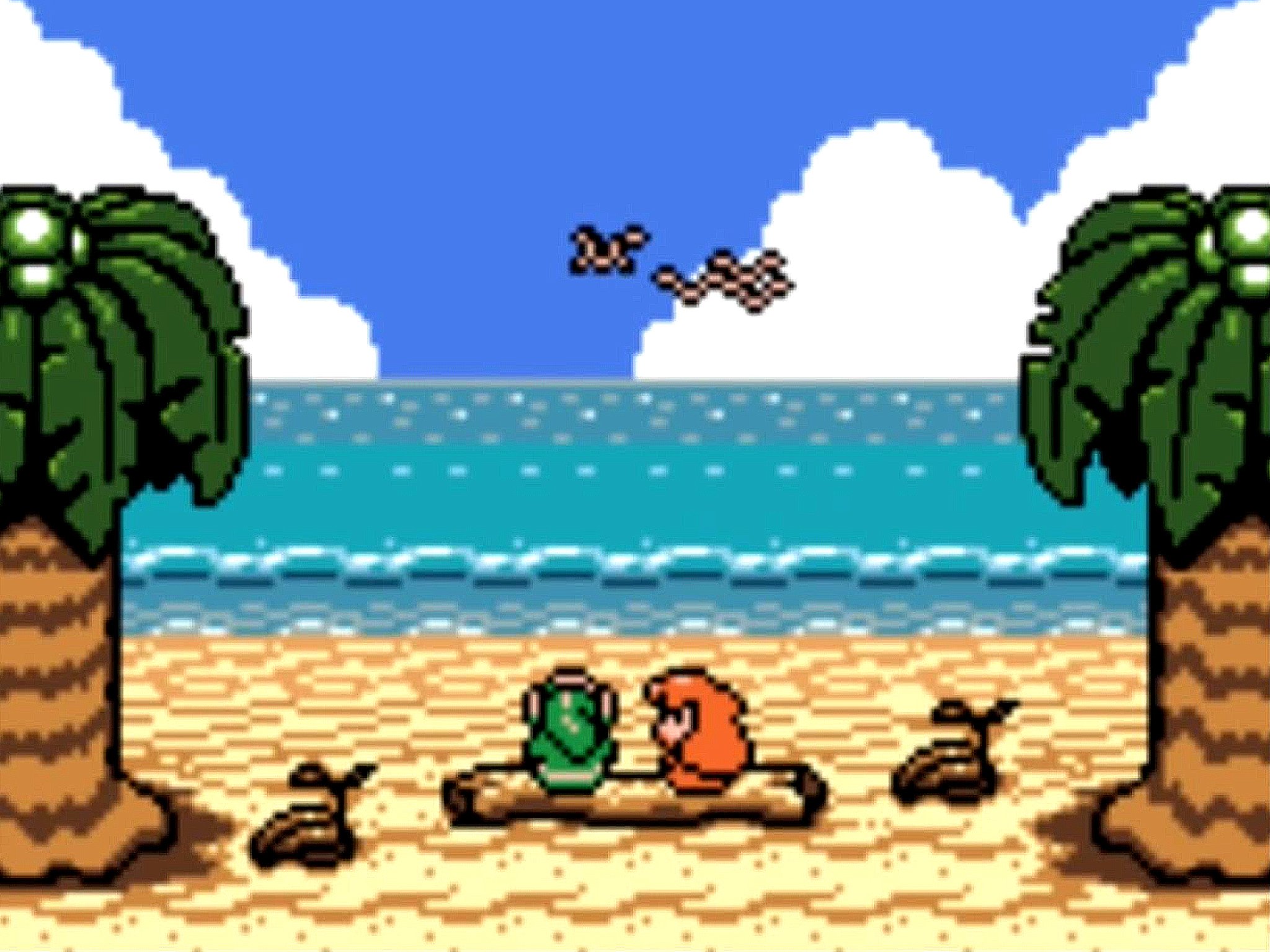
During the heyday of the SNES, Nintendo also explored the handheld market with the now-iconic Game Boy. Of course, Zelda made its way over to the new system, and we received the hidden treasure Link's Awakening. A direct sequel to Link to The Past, Link's Awakening is the first game not to include Zelda, and for the most part, Ganon. However, it did include the formula that most Zelda games follow, with a bit of a twist. Before each dungeon, Link would have to complete a side mission to advance. While it's often a forgotten entry, it is one of the best in the series. This game received a rerelease on the Game Boy Color with a fresh new coat of color and "photoshop" compatibility to push one of Nintendo's many interactive add-ons.
Nintendo's handheld experimentation continued with The Legend of Zelda: Oracle of Ages and Oracle of Seasons, which both incorporated the Game Link cable. This encouraged players to get both games, complete them, and link them together for one epic battle. This was all done in a confusing flurry of passwords and connecting the games to share equipment.
The Legend of Zelda: The golden age
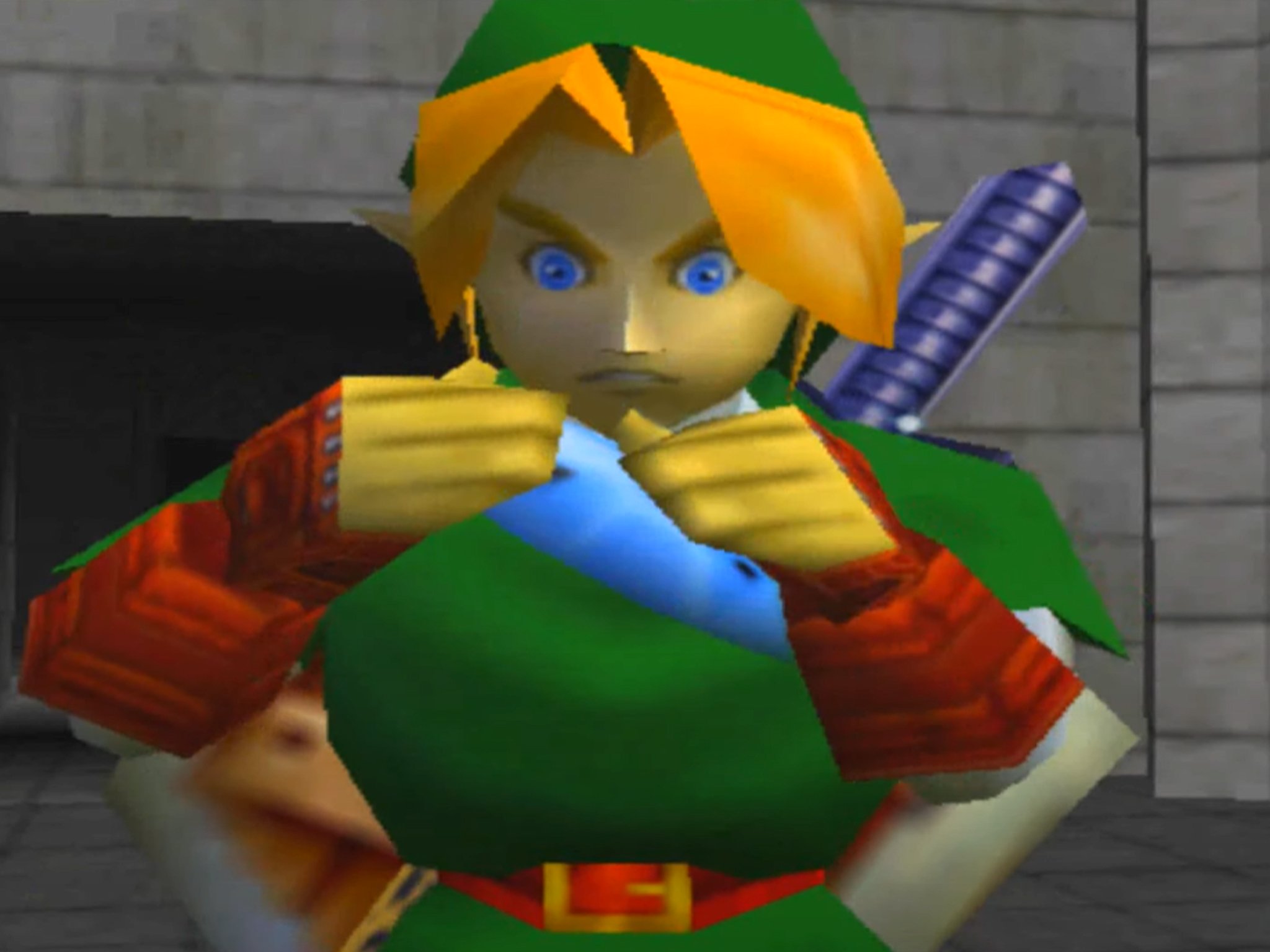
Many consider the Nintendo 64 era to be one of the greatest in Nintendo's long history. It gave us many classic games we look back on fondly today, but one game, in particular, is considered one of the best of all time.
The Legend of Zelda: Ocarina of Time was released in 1998 as the first 3D Zelda game. Like its predecessors, Ocarina of Time introduced the Zelda franchise to a new generation of players while simultaneously upping the ante for all future action-adventure titles.
Ocarina allowed players to visit a new Hyrule, coupled with a legendary story that series lovers wish they could experience again for the first time. Link starts as a child and, in a grand turn of events, becomes an adult. Each version of Link has different abilities and access to different parts of the map. Players can ride horseback, aim and control a fairy bow, and participate in long trading quests to get the ultimate sword. This game set the bar high, and expectations for any Zelda game following were through the roof.
What followed was Majora's Mask, an entry that took the series in a new direction entirely. Instead of the classic, linear style, Majora's Mask had a time mechanic that forced players to relive the same three days repeatedly. While the game takes a much darker approach than other games in the series, it does have interesting new game mechanics, great music, and a unique story.
The Wind Waker: Controversy continues on the GameCube
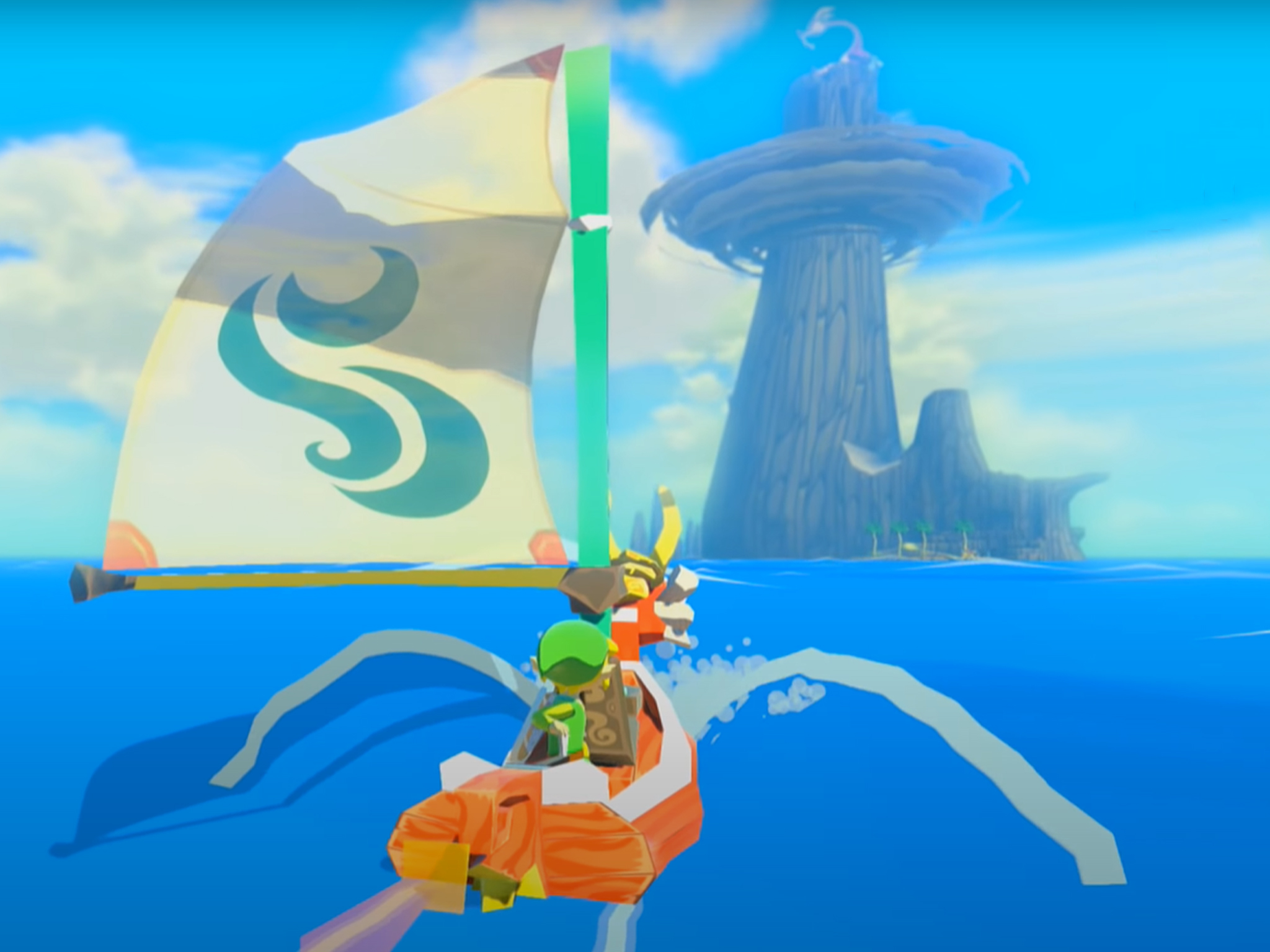
When the GameCube was announced, players got a glimpse of a tech demo that showed Link and Ganon engaged in an epic battle. Zelda fans collectively held their breath. When Nintendo announced The Legend of Zelda: The Wind Waker, however, there was immediate backlash. Instead of the gritty, more life-like models in the demo, The Wind Waker took a more cartoon-inspired approach.
However, over time, The Wind Waker's uneasy beginning was eventually replaced with reverence. The new "toon" style was incredibly expressive, and this new Hyrulian world had players exploring a vast ocean rather than the traditional rolling landscapes. However, as fun as this game was, it marked the start of a problem Zelda games suffer today: Plenty of open-world to explore and not much to do.
The game consisted of mostly sailing around a flooded Hyrule, pulling up sunken treasure, and exploring small islands. This mechanic became so tedious that the developers tossed in a "fast sail" in the HD remake. This wouldn't be the last game to suffer from empty-space syndrome.
Twilight Princess: Closing the GameCube and Game Boy Advance era
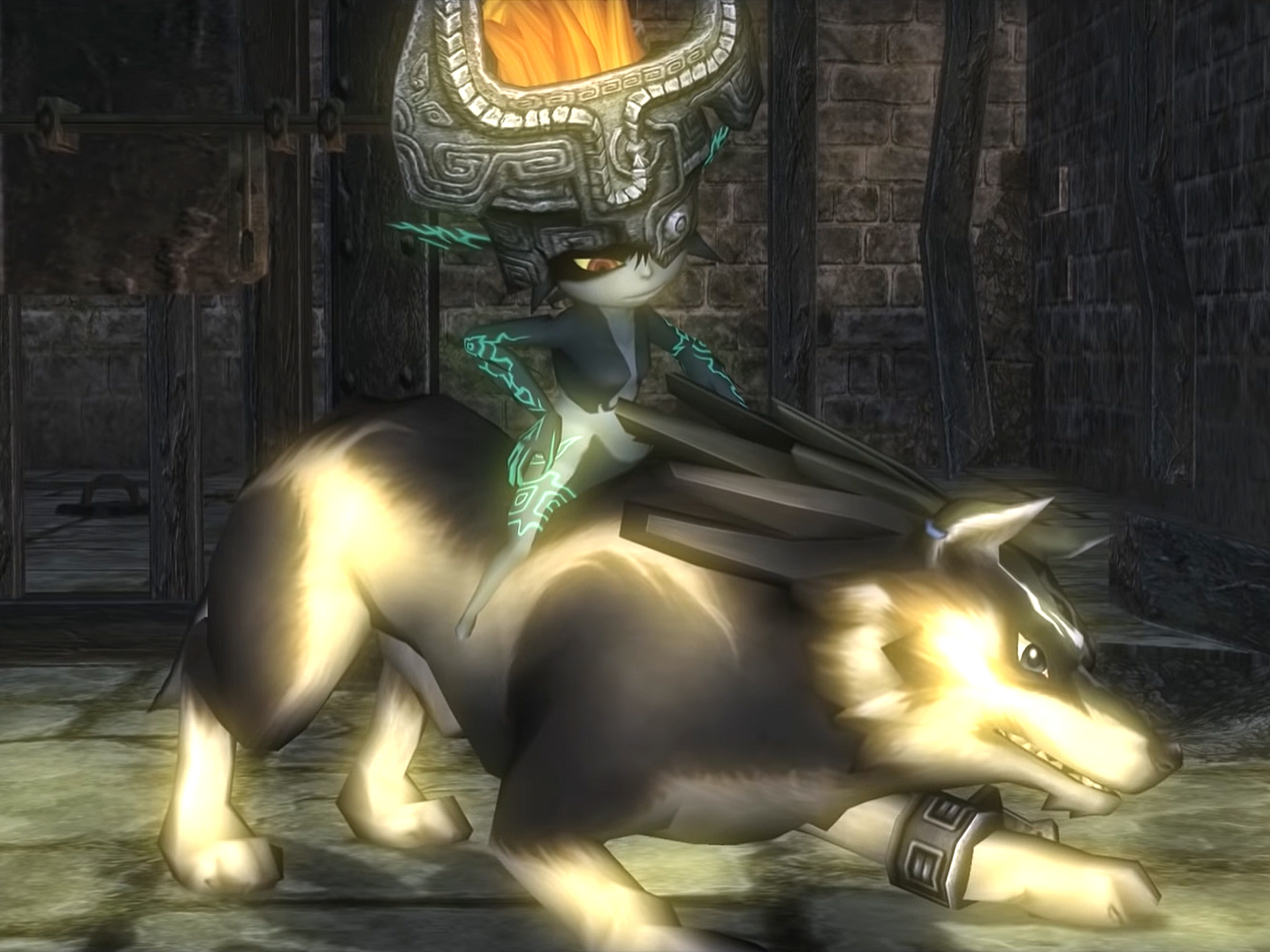
Despite the disappointment of The Wind Waker, Nintendo doubled down with the new art style with its next games: Minish Cap, Four Swords, and Four Sword Adventures.
While Minish Cap stood on its own as a great, if short, handheld adventure. Meanwhile, Four Swords and Four Sword Adventures for the GameCube were more multiplayer-focused, in stark contrast with most other solo Zelda titles at the time. These new franchise entries required multiple Game Boy Advances and connection cords for friends to play together. And, to sell the Four Swords adventure, Nintendo tacked on a re-release of The Link to the Past.
These new paths were still greeted with praise since the games still accomplished what makes Zelda games great: exploration, fun gameplay, and a great story. However, they couldn't top the GameCube's swan song, and the Wii's first Zelda game: Twilight Princess.
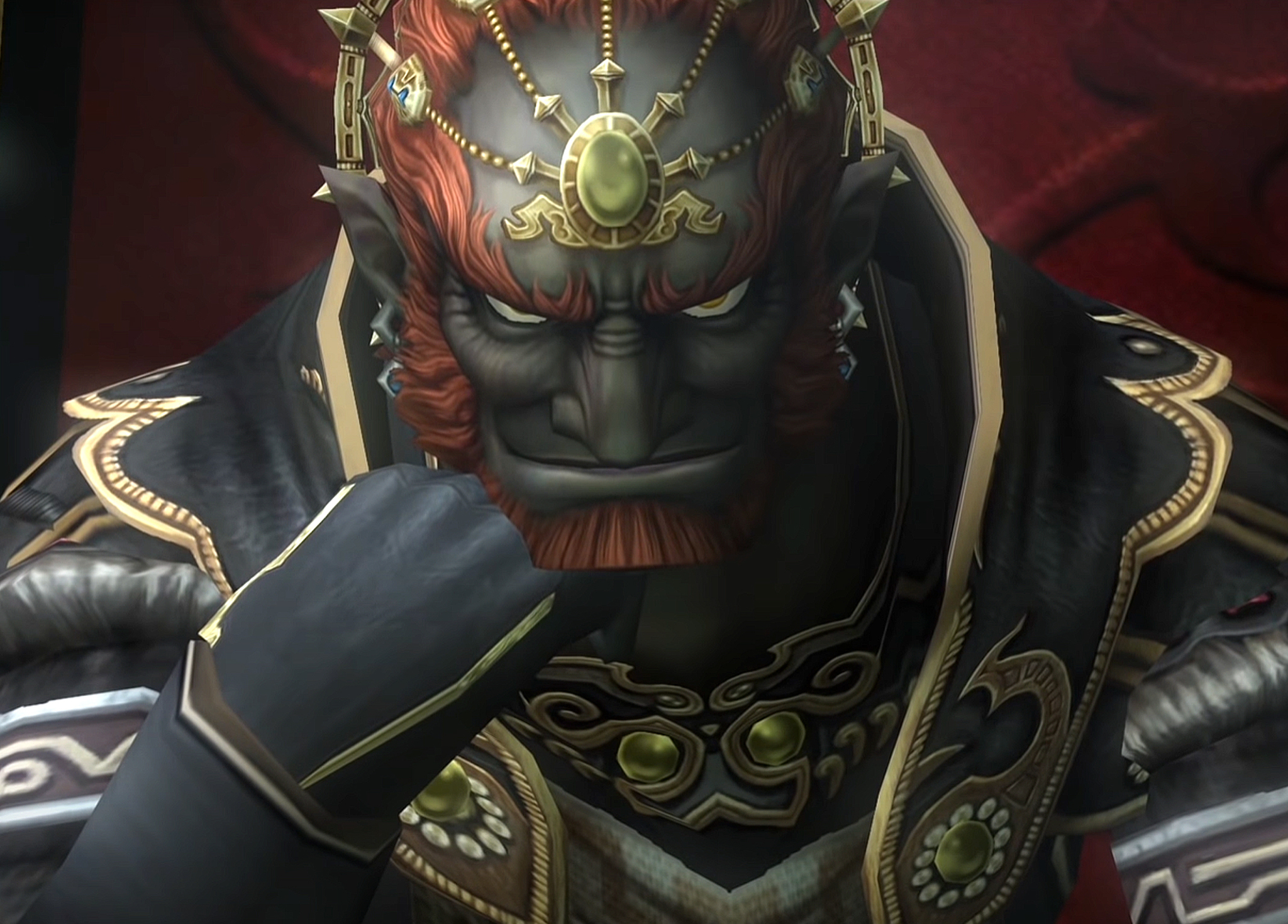
Twilight Princess was the dark, gritty Zelda players were looking for. Dark, in this case, didn't only apply to the story but also the visuals. The textures and art style departed from the bright and vibrant colors from earlier games, but that doesn't stop this game from being toted as one of the best. Twilight Princess also had players control Link, unlike ever before. Players would control Link in a wolf form and play on the Wii using motion controls. Motion controls would go on to cause issues in later Zelda entries, but at least with Twilight Princess, players could still use a GameCube controller.
The Legend of Zelda: The Experimental Era
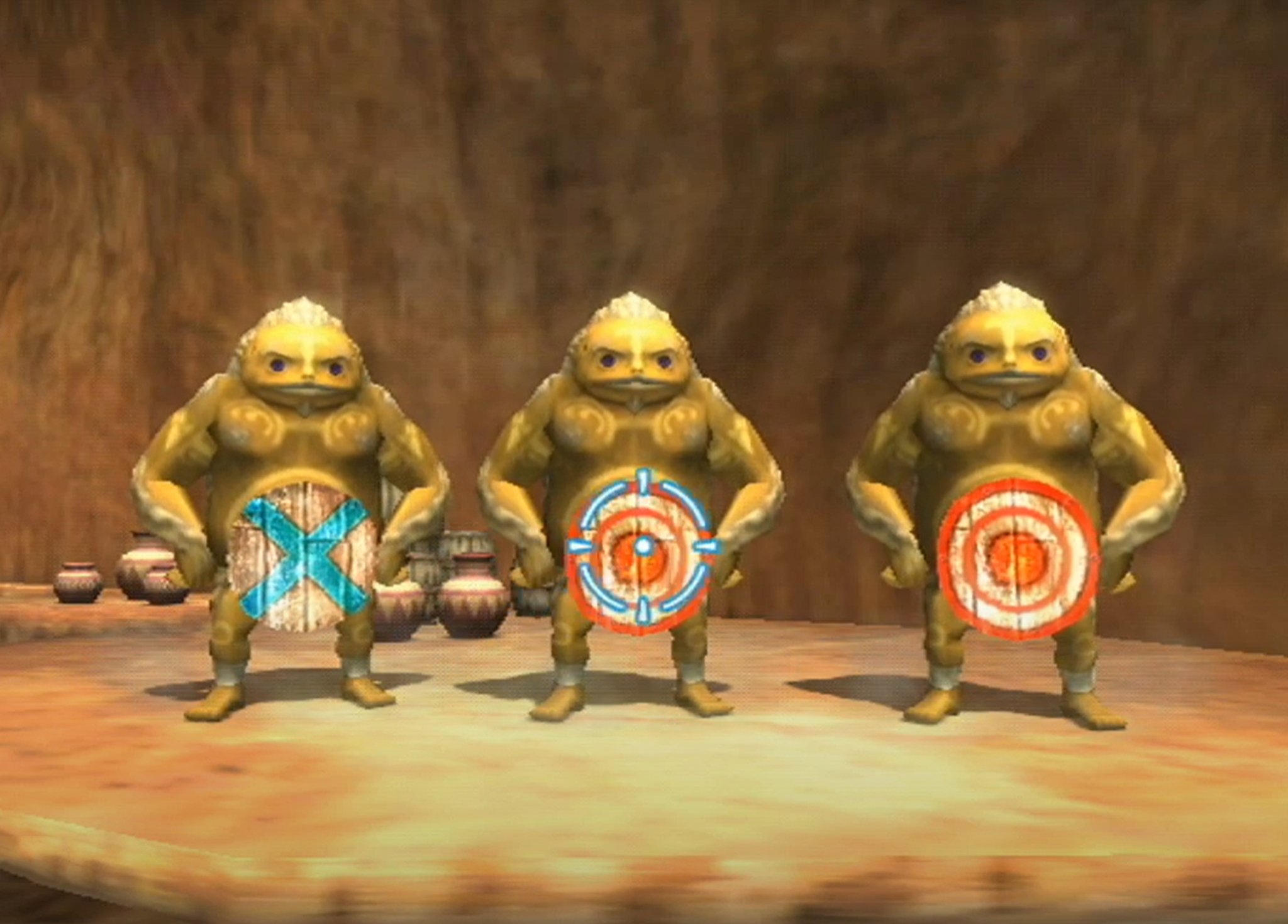
You can't craft 35 years of the finest games ever made without taking a chance or two. The Legend of Zelda series is no stranger to experimentation, but it was mostly limited to artistic direction until the release of Link's Crossbow Training. Using the Wii's unique control system, the on-rails Zelda shooter was just the start of Nintendo's fascination with alternative control schemes. Nintendo followed this with Phantom Hourglass and Spirit Tracks on the DS, making full use of the console's touchscreen.
Skyward Sword: Motion controls abound
These games laid the groundwork that led to Skyward Sword, the Wii-exclusive Zelda title that fully utilized motion controls. Unfortunately, this new technology ended up hurting what should have been a great game. The Wii motion controls were a distraction; at their best, swinging a sword around felt alright, but at their worst, they could make the simplest of tasks, like aiming a bow, a chore. Let's not even mention how trying it was to fly a Loftwing. Motion controls weren't the only thing Skyward Sword suffered from. There was also a distinct lack of things to do in this vast sky world. Still, Skyward Sword was an amazing main series entry despite its faults.
Nintendo continued experimenting with what a Zelda game could be, and the series seemed to branch into three paths. There were mainline games on one path, and another path seemed dedicated to creating old school Zelda games, like Link Between Worlds, which drew heavy inspiration from Link to the Past. The third branch was dedicated to multiplayer and saw another coop focused entry with Tri Force Heroes. Then, of course, there's Hyrule Warriors, the hack n' slash action-focused love letter to the franchise.
Remakes, remakes, remakes
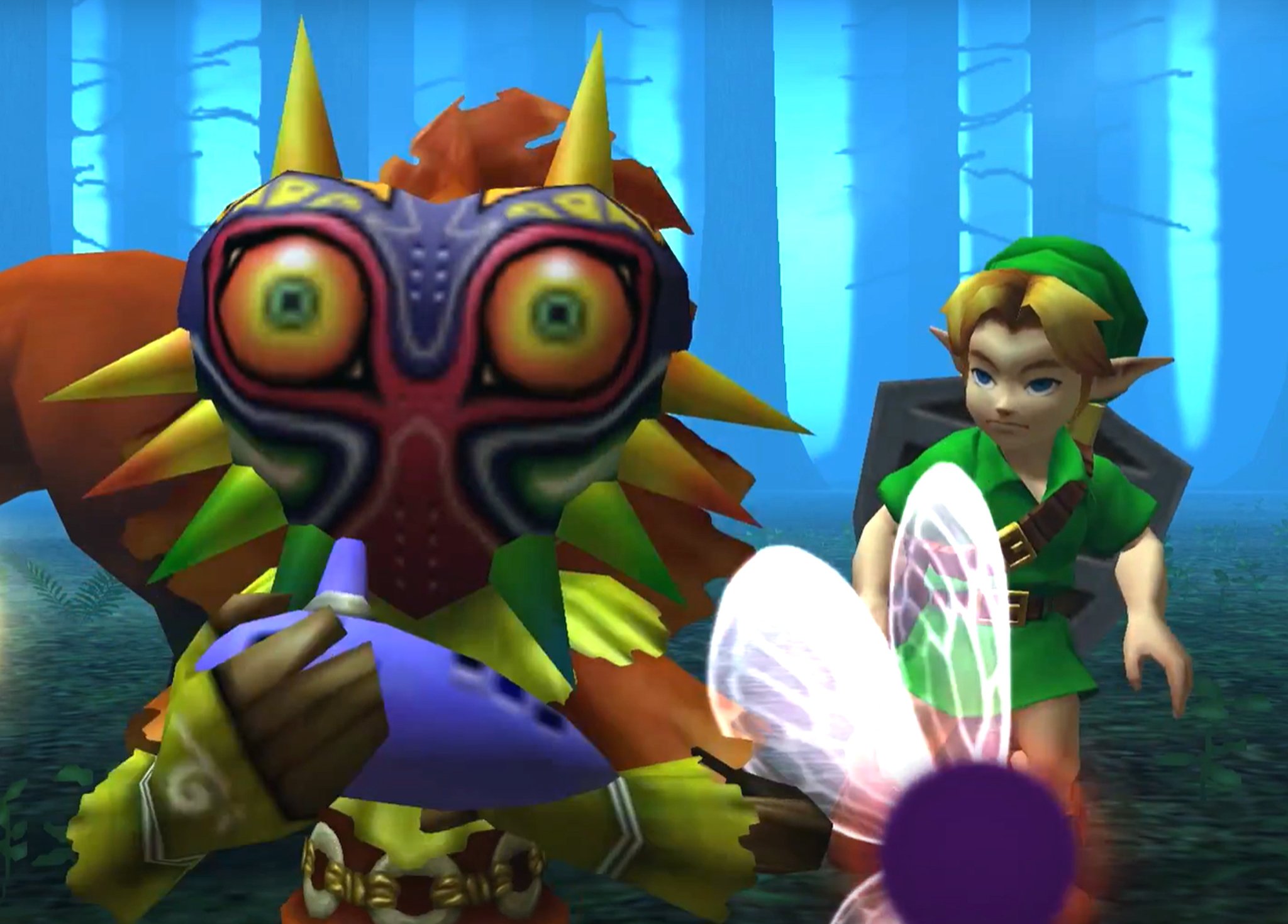
We're said to be in a remake culture, and Nintendo games are no exception. In 2011, shortly after the release of the Nintendo 3DS, Nintendo started remaking some classic fan-favorite Zelda games with Ocarina of Time 3D. Just a year later, it released the Wii U and followed that up with another remake, The Wind Waker HD. These two games led to one more game remake on each console. The 3DS stuck with the older games and released Majora's Mask 3D, and on the Wii U, the team went with a newer generation strategy and added Twilight Princess HD.
Ocarina of Time and Majora's Mask's old graphic styles lent themselves nicely to the exciting 3D features offered for the first time by the 3DS, changing it up for experienced players and bringing new players into some of the most beloved Zelda games. The Wind Waker and Twilight Princess were the most recent Zelda games to be released on a console, opposed to handheld, and were both celebrating 10 years of existence when they were released in HD for the new system.
The Legend of Zelda: Dawn of a new age
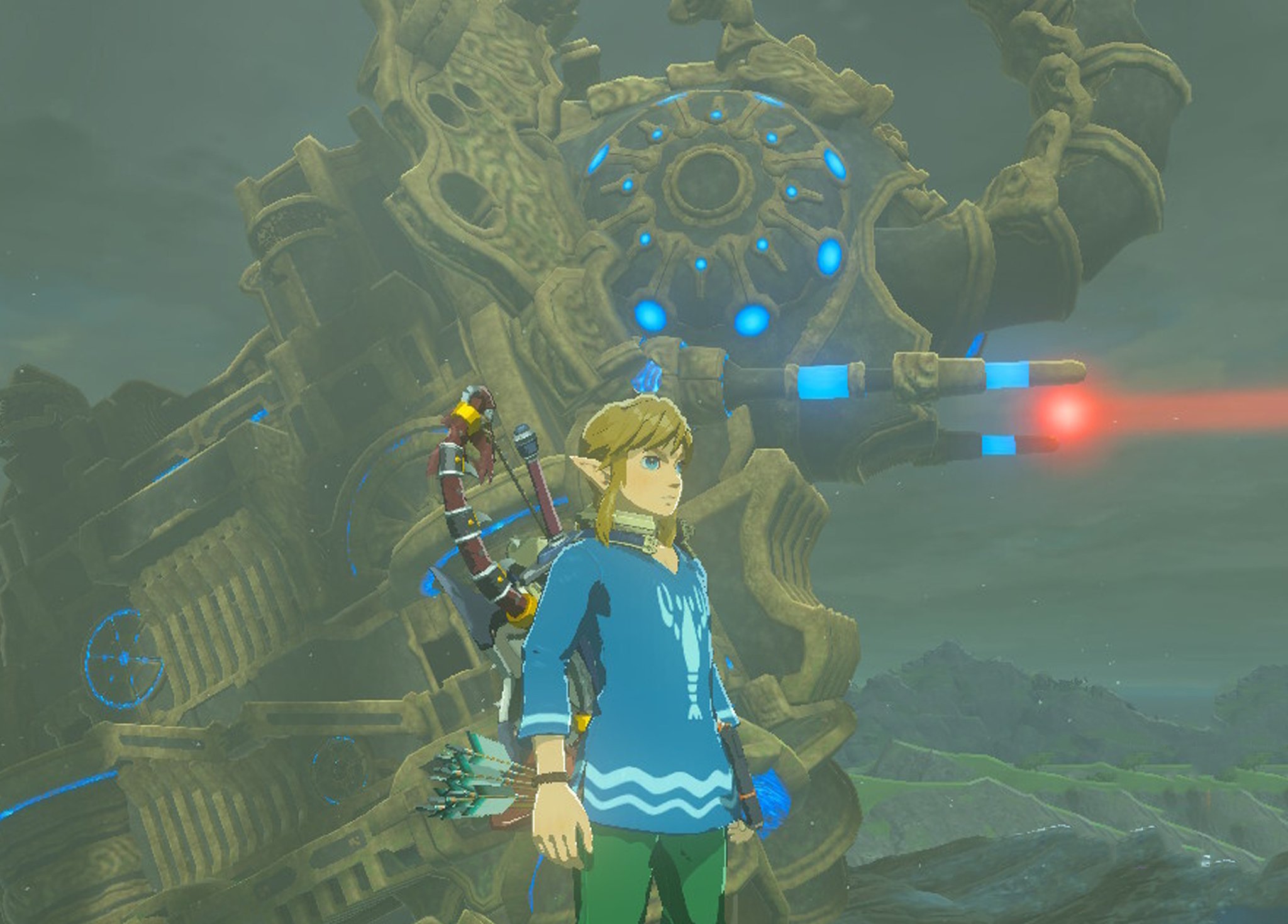
Many people weren't sure what to expect from the next Zelda game in the series after the mixed responses to Skyward Sword and its touchy motion controls. Fans ended up waiting six years for the next main entry to release on console due to several delays. This increased people's anticipation and expectations to an incredible high. However, Nintendo delivered with the masterpiece that is Breath of the Wild.
Breath of the Wild: Success of the wild
I remember the first time I awoke as Link in that strange glowing pool and ran out of the cave, Sheikah Slate in tow. There was no sign of the Hylian Hero's iconic green tunic and, even though it's dangerous to go alone, I hadn't even been given a customary starting weapon. As I gazed out on Death Mountain and the large expanse leading to it, the open-world felt huge and filled me with wonder. It was immediately obvious that this would be a new Zelda experience unlike any of its predecessors. This proved true.
Breath of the Wild (BotW) rewrote the Zelda playbook while also managing to go back to its roots. Players could go anywhere and take on any area in any sequence just like in the very first Legend of Zelda game. Our main Hylians were finally brought to life for the first time with voice acting — aside from our silent protagonist, of course. The game's physics opened up a huge realm of possibilities and provided multiple ways to solve puzzles. Months after BotW was released, players were still discovering new things that they could do in-game. Years down the line, people are still exploring it. It was really no wonder that BotW then won Game of the Year during the 2017 Game Awards.
Now, some of the new mechanics didn't sit well with everyone, notably the fact that weapons and shields break over time, but most of the game was pure gold, and many developers have since tried to emulate BotW in their own offerings. The influence of BotW's cel-shading art style, minimalist piano music, stamina mechanics, and gliding capabilities have changed the world of gaming, and I'm all for it.
Link's Awakening remake: A love letter to the past
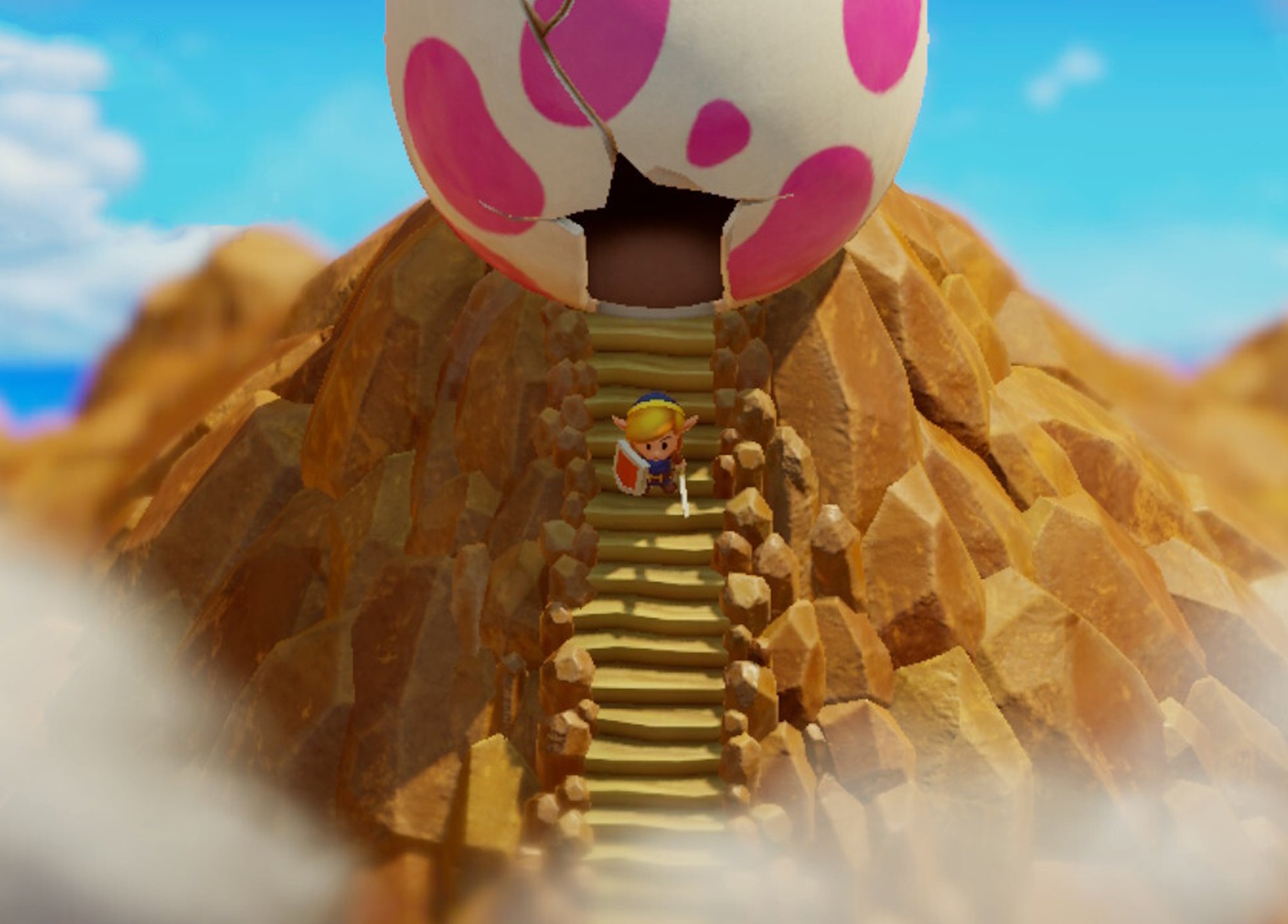
Link's Awakening followed BotW's brilliance on Switch, which was the perfect remake to a charmingly bizarre 1993 handheld of the same name. This strange dream sequence had been remade three times already, but this fourth version was absolutely perfect.
To start things off, we got to see a beautiful hand-drawn opening sequence that recreated the iconic imagery of Link struggling to right his raft during a storm. Then following a flash of lightning, the video melted away and revealed the opening menu featuring the Wind Fish's Egg. The cutesy art style and top-down perspective utilized throughout the game pays homage to the game's origins while the 3D models brought the gameplay to the current era.
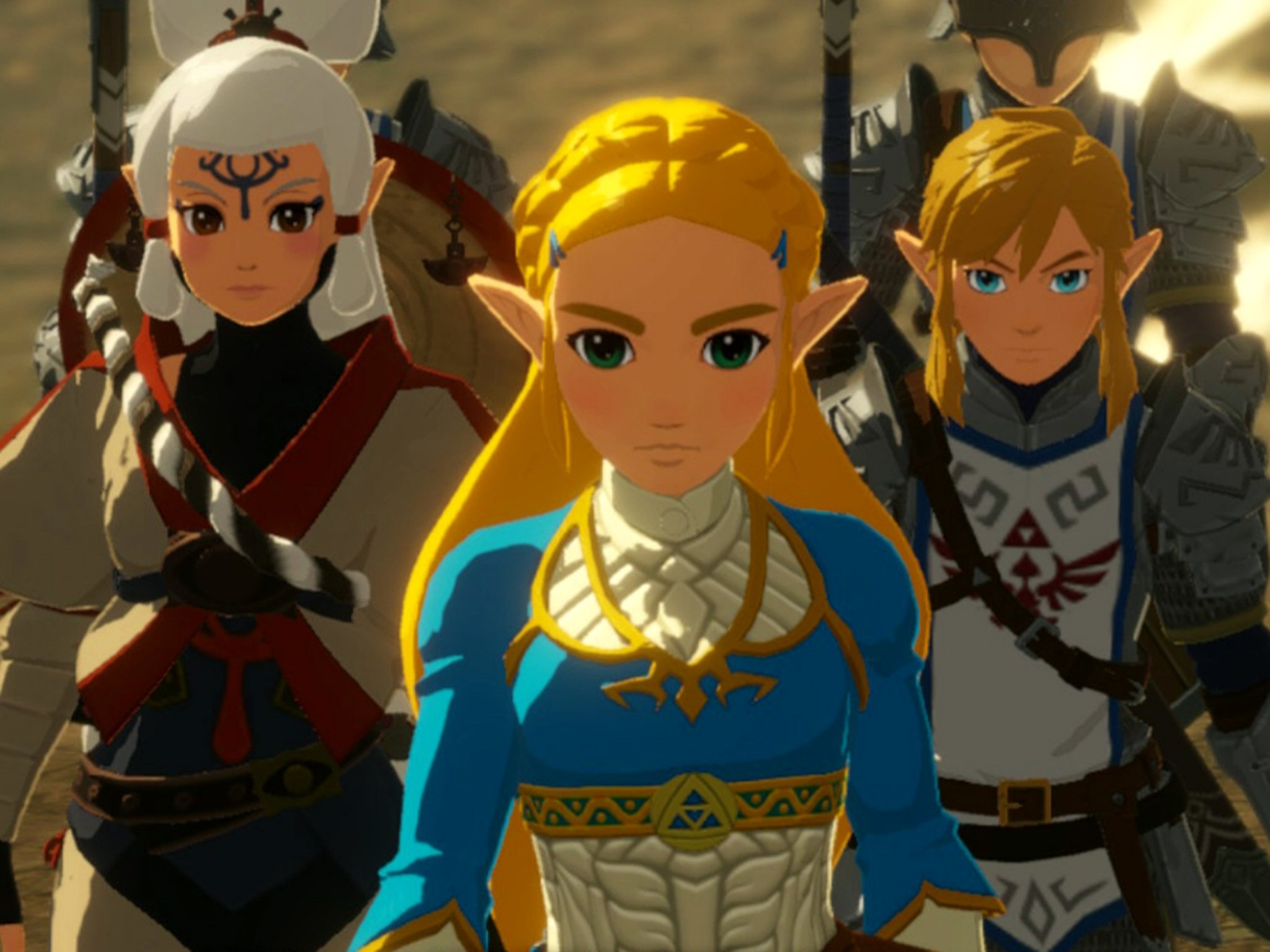
After BotW's overwhelming success, it wasn't too surprising to hear that Koei Tecmo's next Dynasty Warriors-style hack and slash project was wrapped up in BotW prequel trimmings. While Hyrule Warriors: Age of Calamity definitely wasn't a core Zelda game, it employed the same character models, voice actors, and world assets from BotW. Plus, the cutscenes with all of the interactions between the Champions, Zelda, and Link played out like the online fan fiction and memes popular during BotW's heyday. Few can deny smiling at the unnecessary but undeniably cute presence of little Prince Sidon in one of the first quests.
But hacking and slashing are a long way away from Zelda's iconic puzzle-solving and exploration. So while Age of Calamity worked to satiate the BotW fanbase, it left many craving a deep drink from the true Zelda well.
What does the future of Zelda look like?

It's hard to believe, but somehow four years have passed since BotW released on Switch. Remakes and offshoots have done well to tide us over, but as always, Zelda fans are thirsty for new Hyrule goodness. Thankfully, we already know that something awesome is on the way.
During E3 2019, Nintendo surprised everyone by announcing a direct sequel to BotW with a teaser trailer. In the video, we see Zelda sporting a shorter haircut and walking alongside Link. The two make their way through what appears to be a creepy underground location infested with rats and swirling tendrils of nefarious magic.
An emaciated body splays backward over an altar while a ghostly hand digs into its chest from above. Suddenly there's a flash of light. The silhouette of a large man appears on the wall teasing us with this defeated figure's identity. The glowing hand grabs Link, and the dead body comes to life, rolling its glaring red eyes at our princess. On cue, we cut to a distant view of Hyrule Castle and watch as it starts rising into the air.
Oooooh. I get chills just thinking about it. Unfortunately, Nintendo hasn't given us much more to go on when it comes to what this creepy new adventure will bring. However, I'm incredibly stoked about it. With any luck, we'll get more information about this sequel in 2021. Considering Nintendo is reusing the same video game engine and can reuse some of the same assets from the original, I wouldn't be surprised if BotW 2 came out later this year.
Zelda and the great beyond
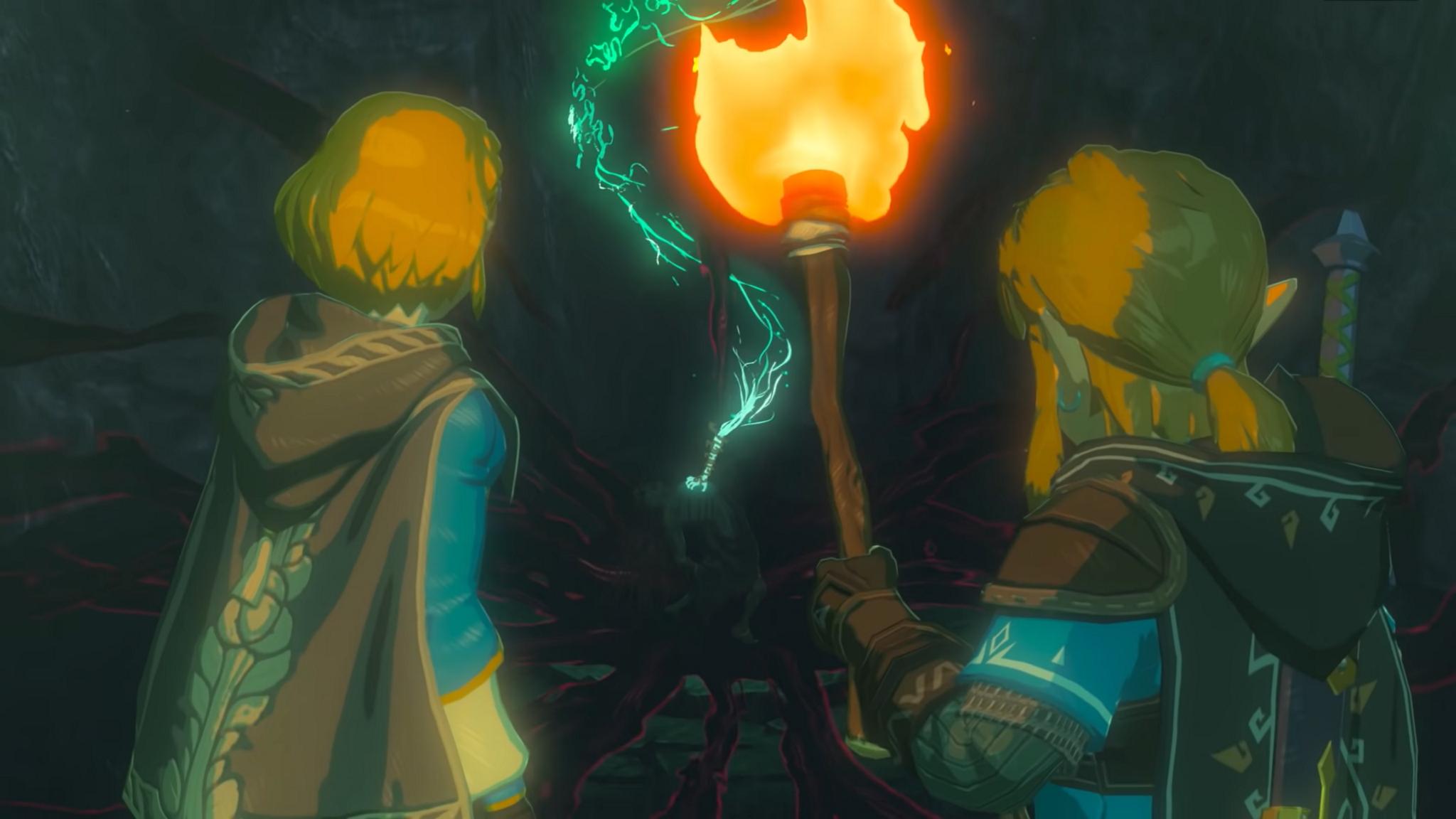
Throughout the years, The Legend of Zelda has made huge strides in the video game world and has even rewritten the norm for its contemporaries on more than one occasion. I fully expect the franchise to continue this trend in the years to come. That it still manages to rewrite its own baseline after 35 years continues to amaze. Most of the Zelda franchise are still Zelda games even though Nintendo continues to change up the formula.
Perhaps we'll get a game where Princess Zelda is the lead protagonist and goes on her own journey. Maybe we'll finally get a core Zelda game on console that supports two-player co-op. There are so many things that we'd love to see going forward. Whether Nintendo fulfills out deepest wishes or continues to experiment in new ways, we're sure to have plenty of awe-inspiring Zelda moments in the future.
Sara is the Freelance Coordinator, writer, and editor at iMore. When not editing or writing away, she's glued to her Nintendo Switch, Xbox, or PS5, though she's a retro gamer at heart.
